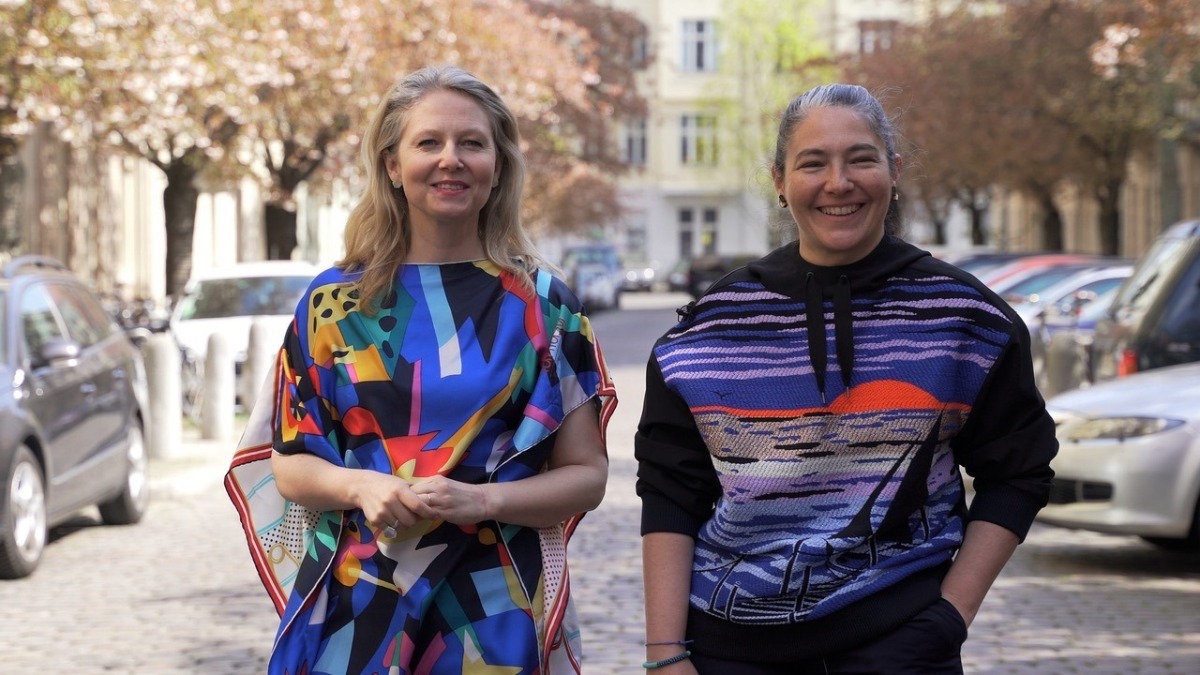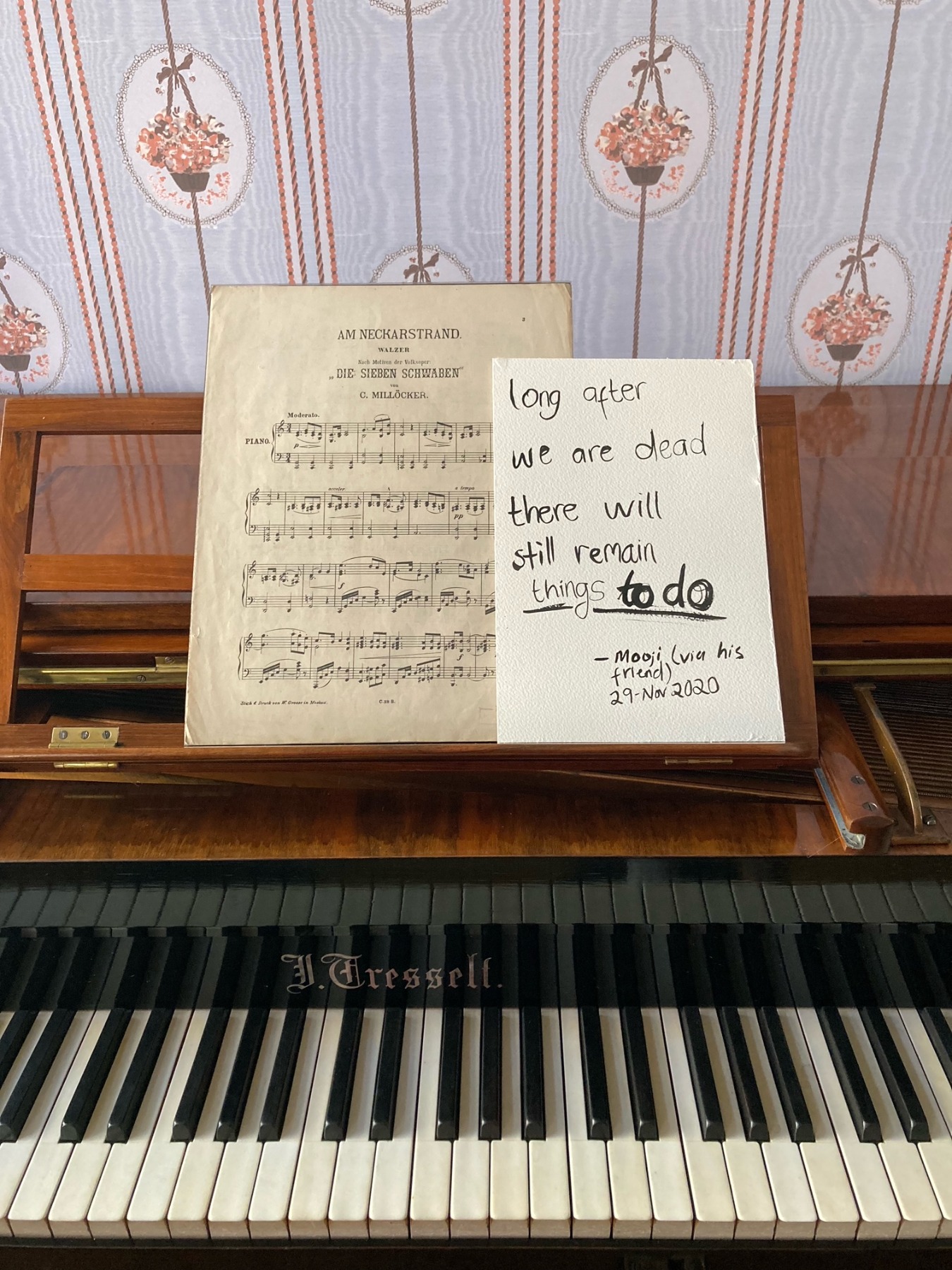
A video interview with the curators of Survival Kit 12
Övül Durmușoğlu and Joanna Warsza, the curators of the Survival Kit 12 festival of contemporary art, opening on 3 September 2021, answer our questions.
Latvian Centre for Contemporary Art (LCCA) has been hosting the Survival Kit international festival of contemporary art for twelve years. Born as a gesture of overcoming a crisis and aimed at cooperation and interaction, it is a significant event on the Baltic art scene, consistently exploring current ideas and trends and closely following the heartbeat of time. This year’s edition conforms to a slightly different format: exhibition-goers are invited to visit some of Riga’s memorial museums instead of abandoned buildings. The selection of venues also helps reveal the key theme of the festival, highlighting individual stories within the context of collective memory. This edition is mounted by two Berlin-based independent curators ‒ Övül Durmușoğlu and Joanna Warsza.
According to the press release of the project, ‘the metaphor of the “survival kit” suggests a series of questions: How to live in an aging society where discrimination based on one’s age, structural changes in terms of work and care, and – on top of everything, – the virus, co-exist? How can problems, which have been caused by the actions of the previous generation, be solved? What can be done with a political, economic and ecological debt on a planetary scale that must be tackled by the next generations? How can the idea that the human species is disappearing be addressed? How should we look at digital ageism and old people’s homes being segregated from the rest of the society? How can the fear of death and dependence on other people’s favours be overcome? What does it mean to age as a woman, a child, a partner, an artist?’
Ieva Epnere, The First Gift. Photo: Joanna Warsza

Editor of the Russian version of Arterritory.com Sergej Timofejev spoke with the curators of Survival Kit 12 Övül Durmușoğlu and Joanna Warsza about the concept of the festival and several contributing artists from Latvia and other European countries. We offer you a video of this conversation.
A short overview of the contents of the interview with enclosed timecodes for easier navigation:
How did the concept of the Surrvival Kit 12 appear? How it was growing?
00:30 Meaning of survival.
01:25 Interest in memorial museums
02:00 Curatorial role in the pandemic times, structures of care.
How do you imagine “collective skin” made by artists (using the notion which is based on the ideas of Italian philosopher Roberto Esposito)?
05:05 Many layers of this idea.
06:50 Society as a body which we all contribute to.
07:05 Community and immunity.
“What does it mean to age as a woman, a child, a partner, an artist?”
09:00 Care to a child which is growing and aging. What about looking at the aging in similar way toward the end of our lives?
10:20 How the capitalistic society looks at the aging?
Did you have age of artists in minds choosing them for the exhibition? Was it crucial point for you?
11:55 Tribute to an artist and who was homeless by choice in his senior age (Warren Niesłuchowski).
13:30 Bridges between generations. Visibility to the woman-artists.
What are your feelings about Latvian and Baltic art-scene? Why did you choose exactly these artists who become participants of this year Survival Kit?
16:05 A lot of Zoom-meetings during the preparation.
16:30 Flo Kasearu and her house-museum
17:40 New curatorial visions to the local scene.
Dineo Seshee Bopape, Drawing series “Long after we are dead, there will still remain things to do”. Photo: Joanna Warsza
Memorial museums are formatting our memories, our ideas about some persons or some times. Are contemporary artists included in the exhibition also formatting what we will have in our memories?
20:10 Gestures of counter-archiving which goes more to personal histories, irregular moments, speculative gaps that haven’t been counted as a part of history.
21:50 Ieva Kraule and young girl’s mask.
23:20 Johanna Hedva and “Sick Woman Theory”
25:15 Work of Kaspars Groševs and his mother Inese Groševa.
26:16 Ojars Vacietis memorial museum.
Did you structure the exhibition also by media which artists are using? Are you looking for media which are completely new/fresh?
28:15 Thinking about the exhibition as a skin.
29:05 Food as art. Dagna Jakubowska.
31:40 Pauline Curnier-Jardin. Traditional forms coming with a new approach.
Pauline Curnier Jardin, Qu’un Sang Impur. Photo: Övül Durmușoğlu
The festival exhibition will run at the following venues: Jānis Akuraters Museum, Krišjānis Barons Museum, Rainis and Aspazija Museum, Janis Rozentāls and Rūdolfs Blaumanis Museum, Andrejs Upītis Memorial Museum, Ojārs Vācietis Memorial Museum, Romans Suta and Aleksanda Beļcova Museum, Eduards Smiļģis Museum of Theatre and Neiburgs Hotel.
Title image:Joanna Warsza and Övül Durmușoğlu. Photo: Mateusz Nowak & Jagna Nawrocka